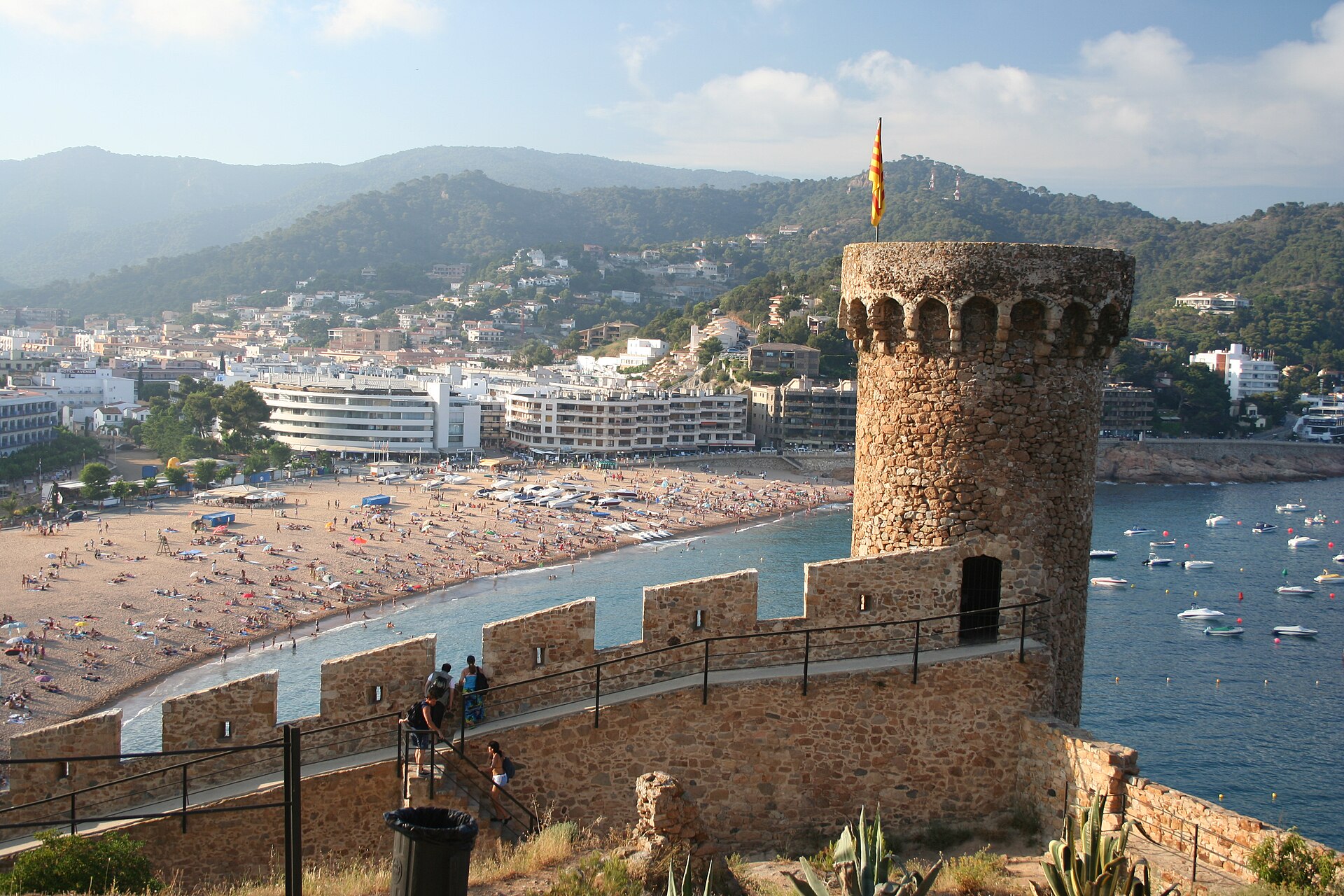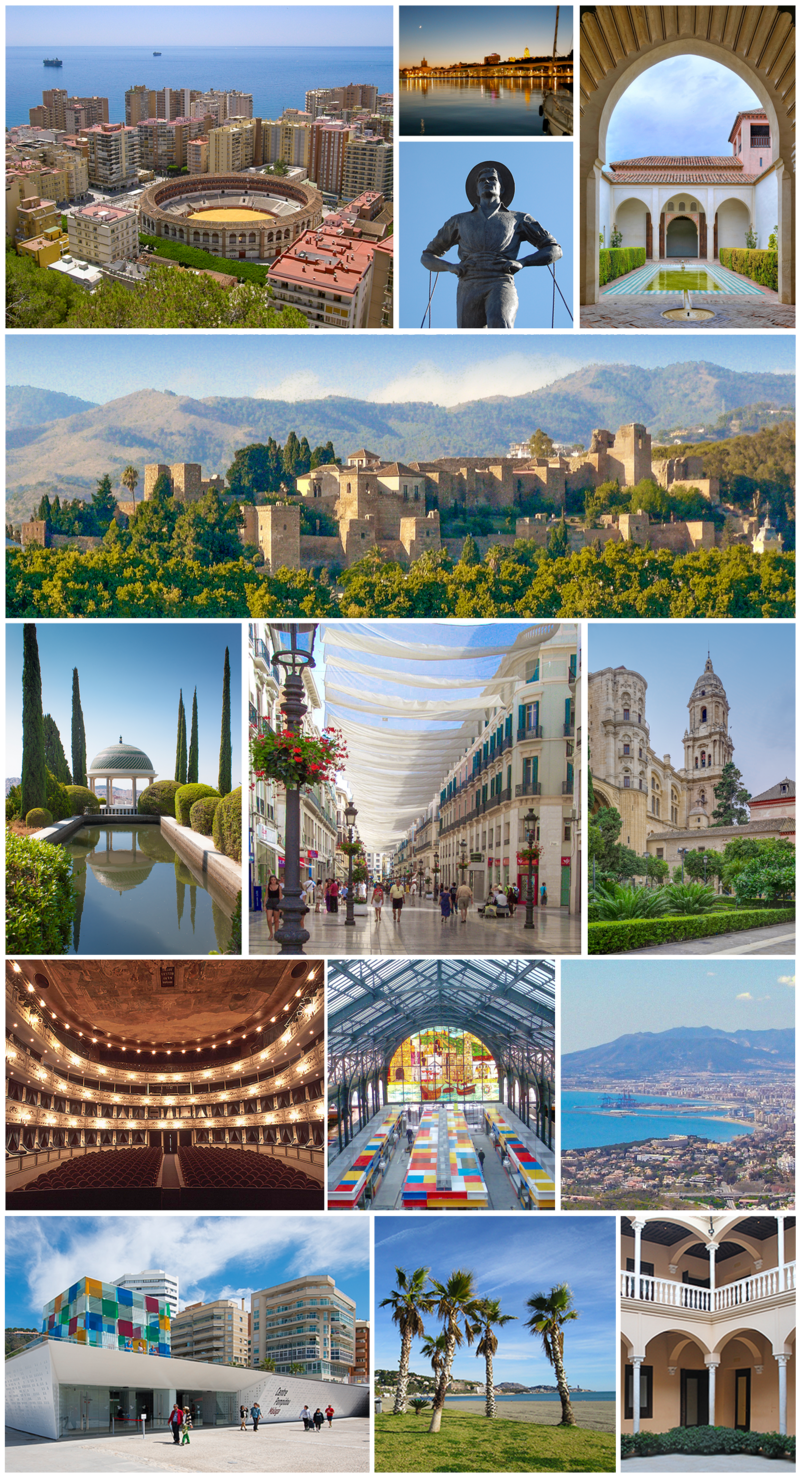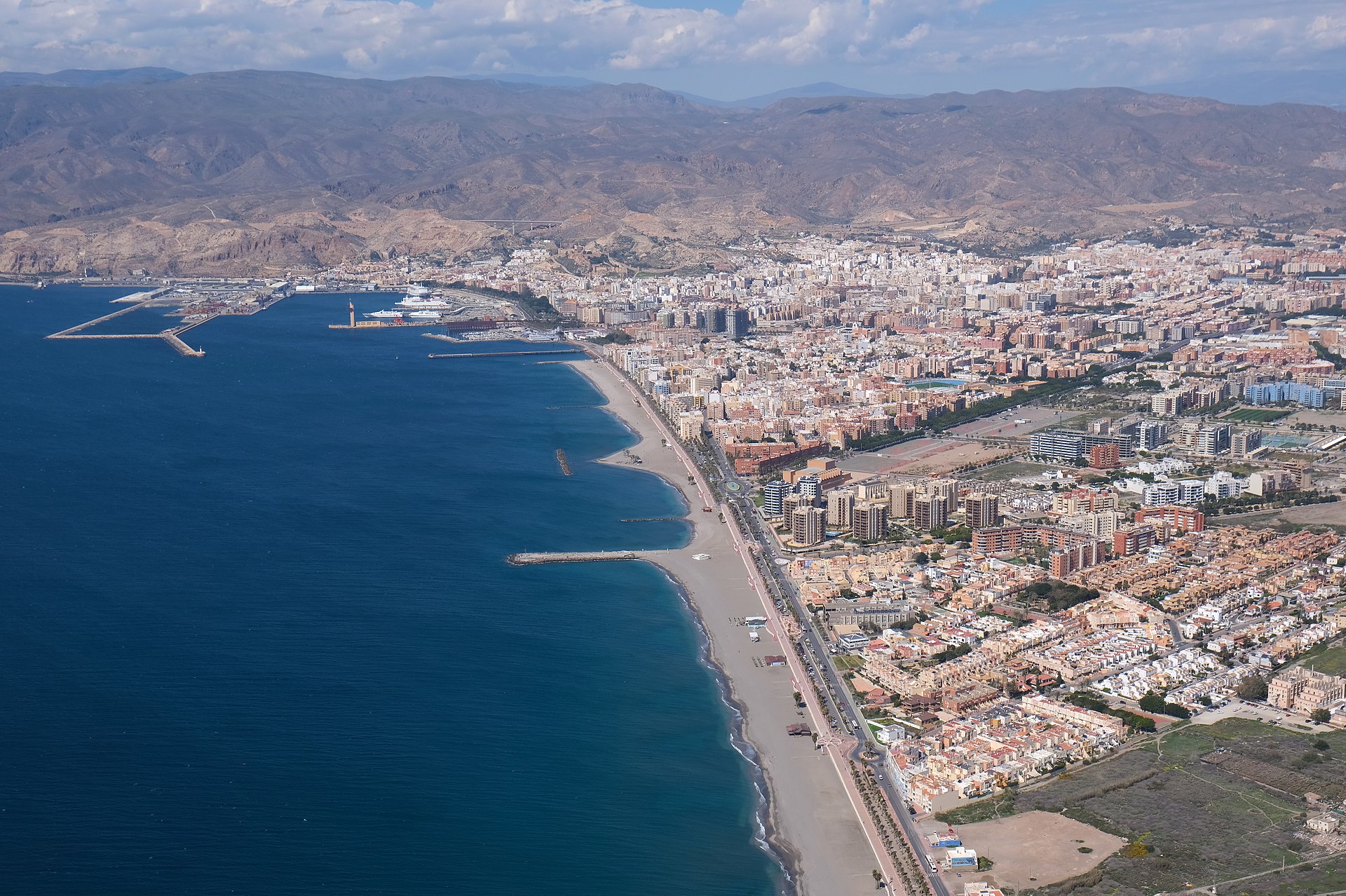David Wilson
Contributor

To finish off, one more image of the Nemrod Oporto:
That's my lot for today. This weekend's Nemrod snorkels will be the Tossa and the Malaga. Until then, keep safe and stay well.
Welcome to ScubaBoard, the world's largest scuba diving community. Registration is not required to read the forums, but we encourage you to join. Joining has its benefits and enables you to participate in the discussions.
Benefits of registering include






Thanks for the likes, Angelo, АлександрД and Luis.
First Nemrod snorkel today is the Calella. The latter is named after the municipality (above) in the Maresme region of Spain, located 50 km from Barcelona, 50 km from Girona and 6 km from the Montnegre-Corredor Natural Park. It is known as the tourist capital of the Costa del Maresme and is characterised by being a cosmopolitan city with a typical Mediterranean climate. As for the breathing tube:
The image is from the June 1970 issue of Skin Diver magazine. So a telescopic device, barrel height adjustable.. Perhaps somewhat overengineered, but apparently in demand by those looking for "greater diving flexibility".
More imagery:
Over the years, the Calella came with a variety of mouthpiece extensions:
The last example has a flexible hose fitted with a drain valve.
